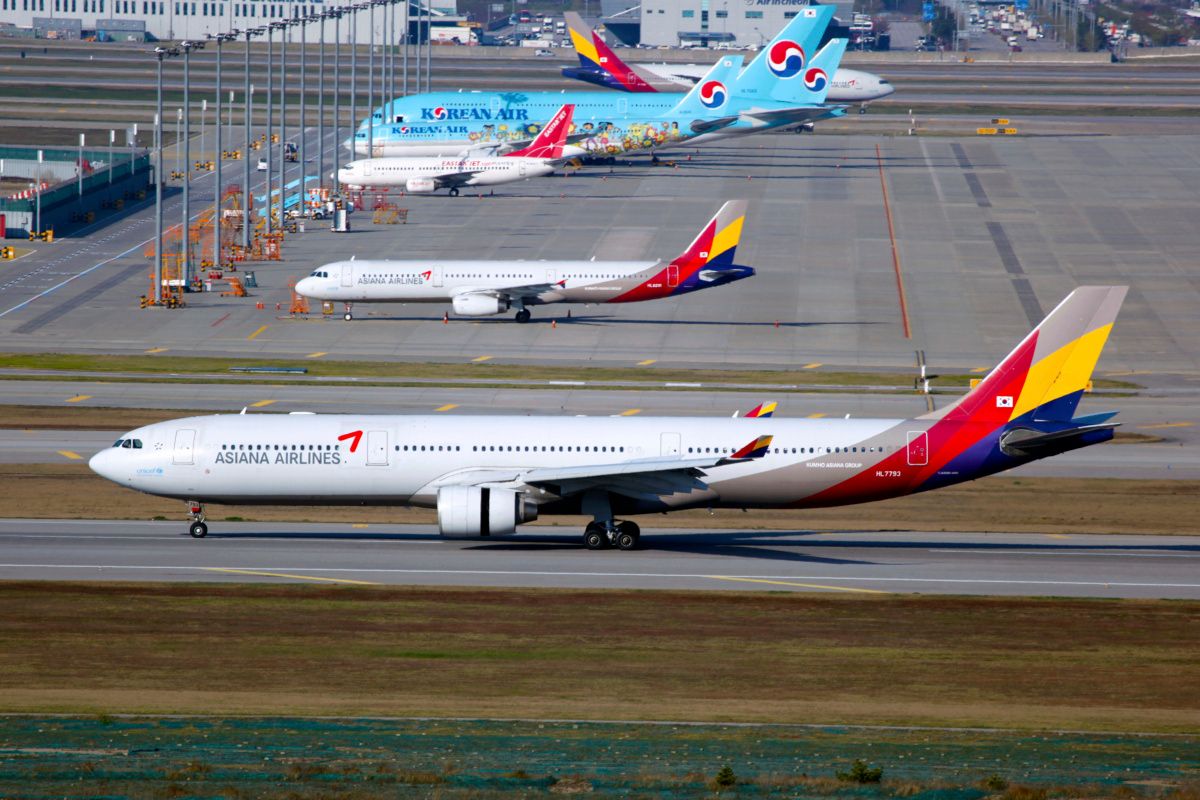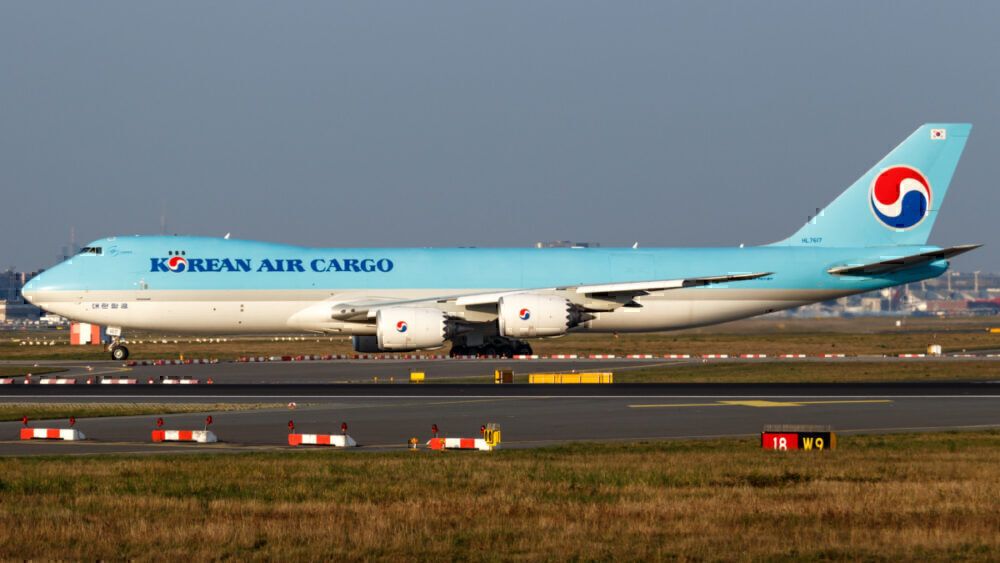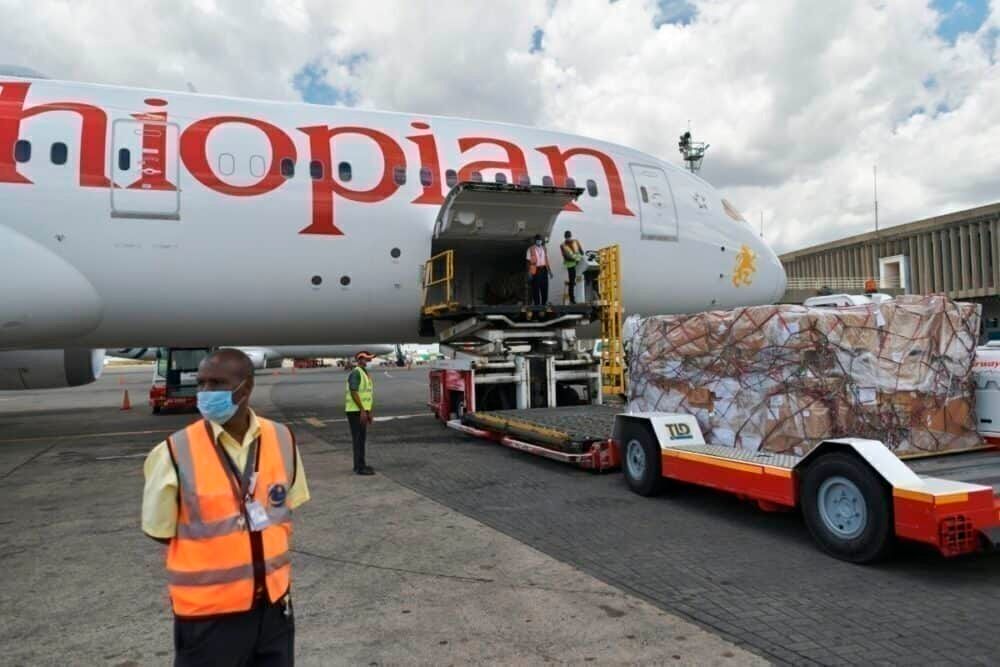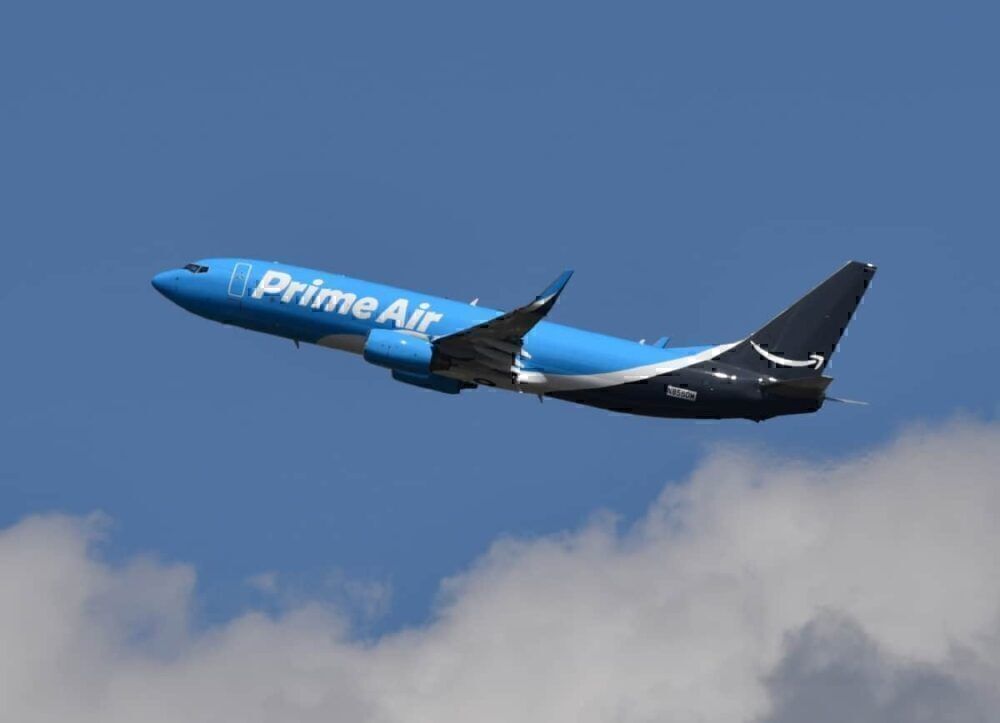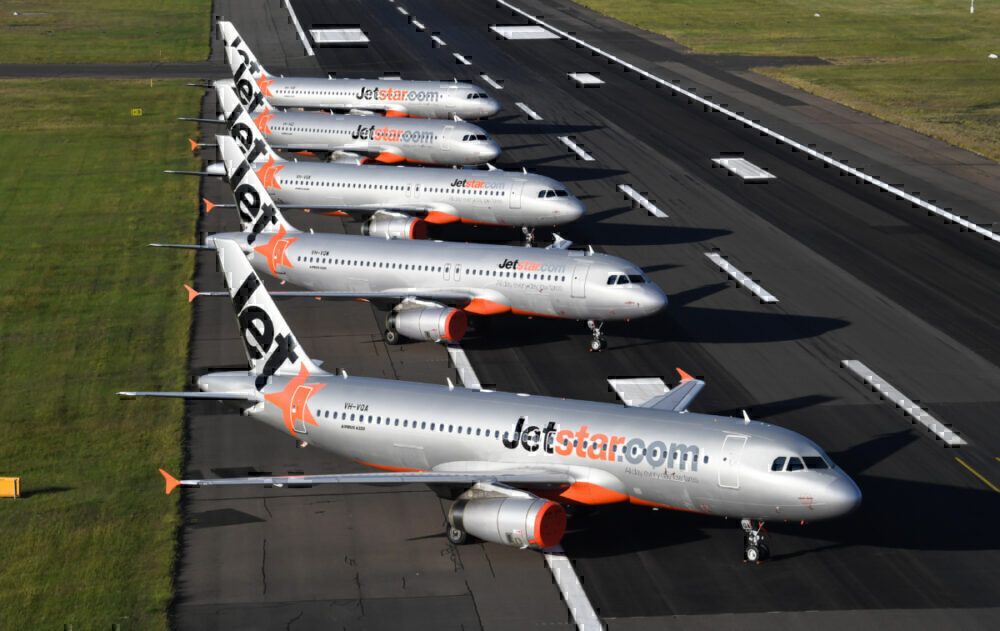There's no doubt that 2020 has been a challenging year for airlines. Most carriers are reporting heavy losses and making tough decisions about their future. Profits are simply out of the question. However, a handful of carriers have managed to turn a profit this year, despite the downturn, mainly by rapidly shifting their focus when the crisis hit. So which airlines have managed to buck the trend?
It should be noted that even profitable airlines have taken a sharp hit in revenue. Most carriers have seen double-digit revenue declines due to low passenger levels. This piece is not exhaustive and covers major airlines who have managed to turn a profit during the crisis despite the sharp downturn.
Stay informed: Sign up for our daily aviation news digest.
South Korea shines
The two airlines that stand among the global competition are Korean Air and Asiana. Both carriers suffered losses in the first quarter of 2020 due to a drop in passenger demand from China and the rest of East Asia early in the year. However, the carriers reported substantial profits in the Q2 of 2020. But how?
The answer is cargo. Following the drop in passenger demand, both Korean full-service carriers ramped up their cargo operations, taking advantage of the drop in cargo capacity after passenger flights were grounded (passenger planes carrying cargo in their belly are a huge source of capacity). The results have been exceptional: both carriers saw a nearly 95% rise in cargo revenue in the second quarter.
Korean Air reported a profit of ₩148.5 billion ($125.2 million) for the second quarter, even as revenue shrank by 44%. Asiana reported a ₩115.1 billion ($96.9 million) profit in the same quarter, with revenue falling 45%. According to Korean Investors, falling cargo prices could see profits reduce next quarter.
The news was particularly surprising for Asiana, which has struggled in the last few years. Q2 actually broke a six-quarter loss streak for the full-service carrier. Asiana has struggled with massive debt levels over the last few years and a recent takeover bid failed due to the current circumstances.
Ethiopian leads the way
Africa's largest airline, Ethiopian Airlines, has done well through the pandemic. With a combination of cargo and repatriation flights, the airline has covered all its fixed costs and says it has turned a small profit for the fiscal year that ended in July, its CEO told Bloomberg. The exact figure is not yet known.
Ethiopian's success is similar to Korean and Asiana's: taking advantage of the drop in cargo capacity. Using its fleet of dedicated freighter aircraft, and a large number of converted passenger planes, Ethiopian has ramped up cargo operations across the globe from its hub in Addis Ababa. The airline has also been conducting up to 40 charter flights a week during the pandemic, raking in significant revenue.
The restart of commercial operations has seen Ethiopian already reach 40% of pre-pandemic capacity. The carrier has also started adding seats back to its converted-freighters, showing the resurgence of passenger traffic. While the airline has taken a significant revenue hit, it's the ability to withstand the crisis with no bailout is exemplary and stands apart from other large carriers.
While the current crisis has undoubtedly hurt Ethiopian, it's future expansion plans remain in place. The airline's $5bn mega-hub program remains intact as it looks to boost revenues and passenger capacity from Africa in the next decade. The airline is also considering a number of new plane purchases, such as the 777X and A220 for efficient future operations.
Cargo airlines see increased demand
2020 has been an excellent year for cargo airlines. As more people stay home and order goods to their doorstep, cargo airlines have seen a surge in revenue and profits, with the likes of FedEx, UPS, DHL, and Amazon's Prime Air adding new planes and increasing capacity.
Earlier this year, Anchorage airport, a massive cargo hub, became the busiest in the world, highlighting the importance of cargo flights. This focus on cargo has helped passengers airlines too, as we've seen above, but has also raised doubts about how long this will last. For now, cargo airlines lead the industry's profitability.
Sales of cargo aircraft are also up, as airlines look to jump on the trend. Boeing and Airbus could also develop more advanced freighter aircraft if this demand remains high and airlines shun passenger operations for the next few years. Could we see freighter 777X and A350s sooner than expected?
Profitability a while away for passenger airlines
For nearly all airlines, profitability is still a ways away. Carriers are burning through millions a day, trying to keep up with fixed costs as passenger revenues plummet. Most airlines have parked their widebody fleets as they brace for a long time with low demand. Airlines have ramped up cargo operations but in most cases, this has done little in offsetting losses other than ensuring airlines stay afloat.
For the next year or so, airlines are more in a survival mode than anything else, with IATA predicting an $84bn loss for airlines overall. Passenger numbers have been gradually rising, but second wave fears and border restrictions mean airlines are struggling to fill planes.
Passenger airlines are expected to stay in the red until a vaccine arrives or substantial cost cuts are taken. Airlines are looking at the latter choice, with up to 50,000 US airline jobs on the line in the next month. Without a vaccine, we could see airlines permanently shrinking as the aviation market becomes smaller after COVID-19.
For now, profitable airlines in 2020 will remain at a minimum, but as the year drags on, we could see more carriers enter the list.
Are there any other major carriers that have turned a profit this year? Let us know in the comments!

